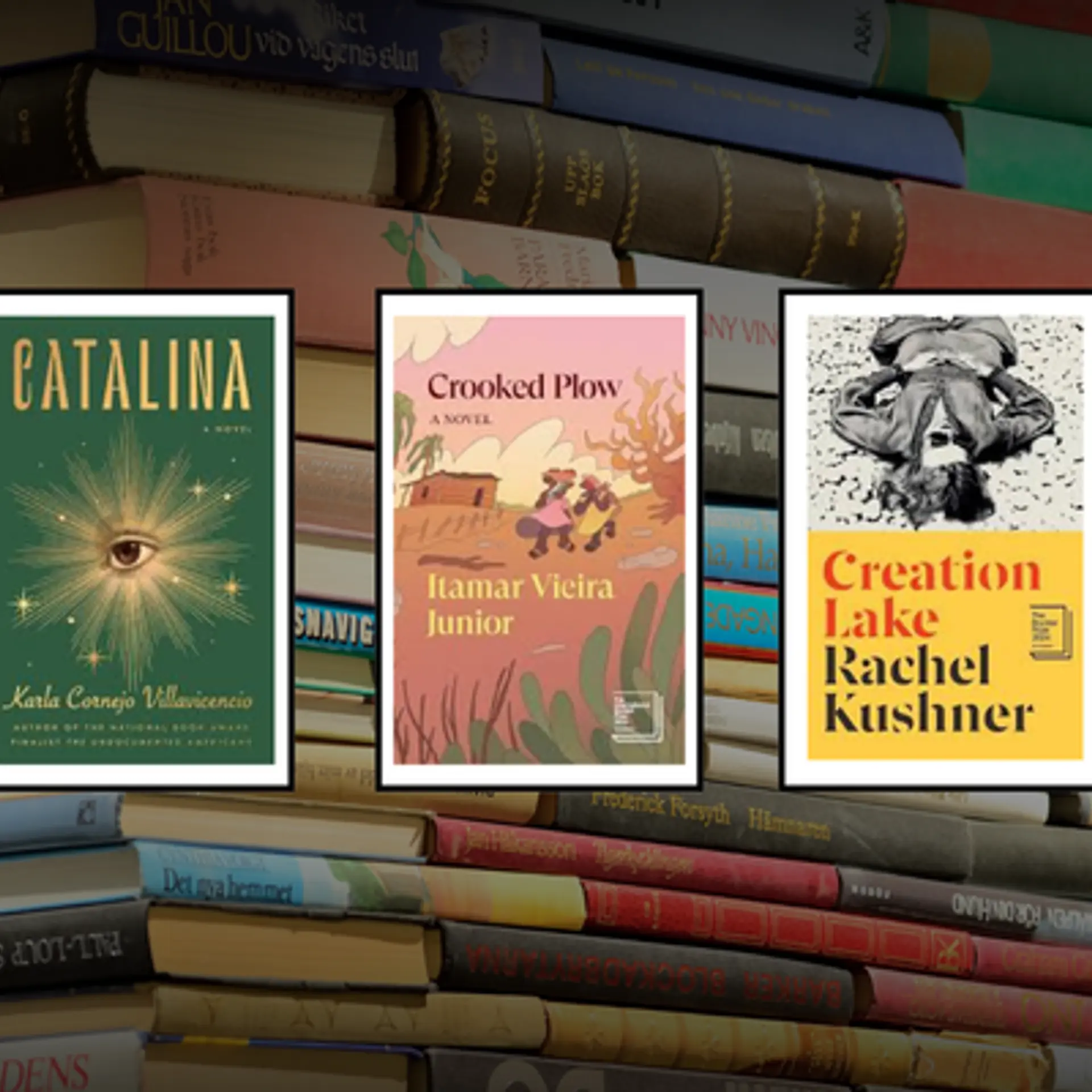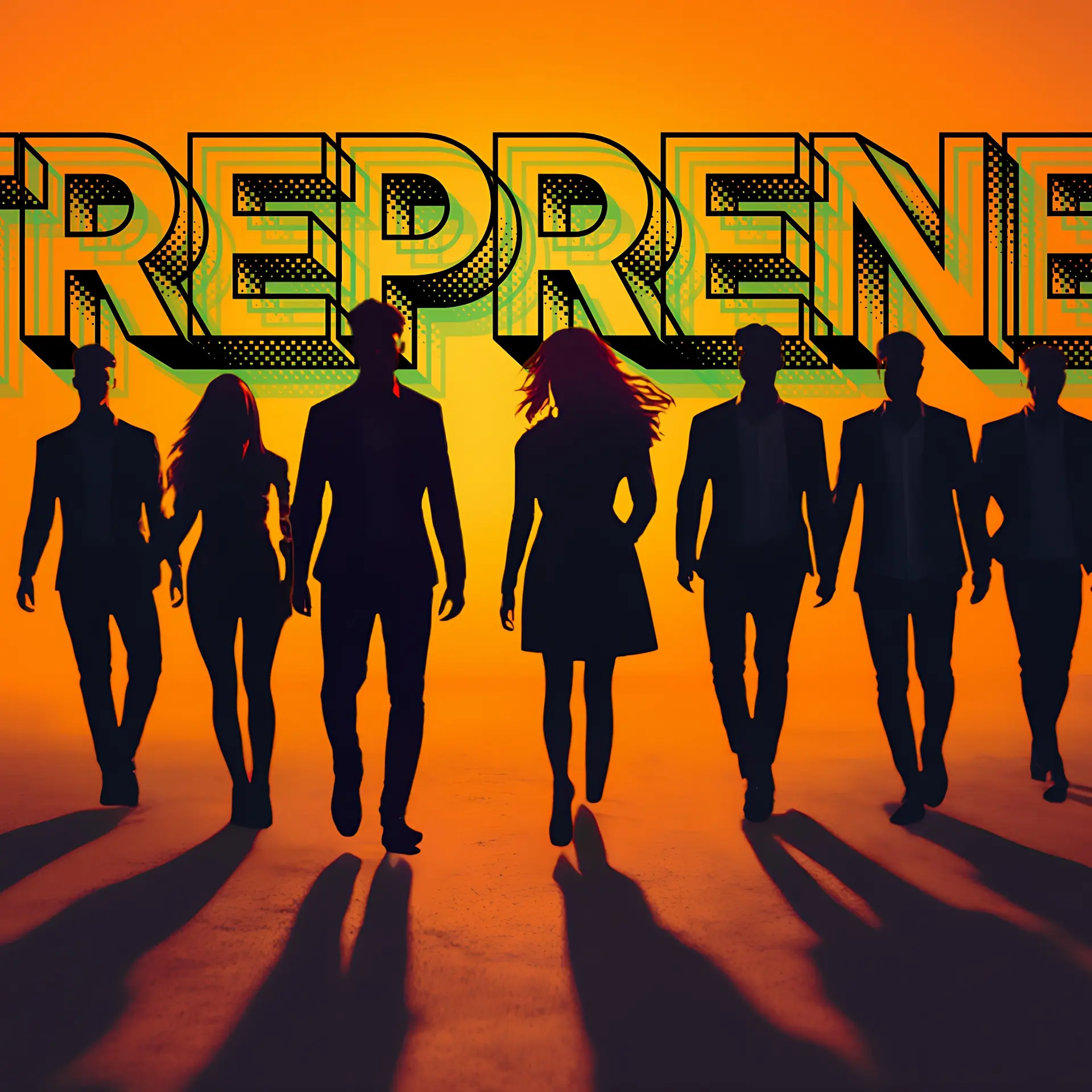Arundhuti Gupta: helping India's at risk youth cope with adversity by matching them with mentors

Arundhuti Gupta (AG) is founder trustee and CEO of Mentor Together (MT), a non-profit that seeks to provide young individuals who are at risk and face adversity with one-on-one relationships with mentors who help them achieve their goals and dreams.
Arundhuti started Mentor Together in November 2009, after returning from the Manchester Business School, UK, where she studied as a Commonwealth Scholar. She has many feathers in her young cap. Arundhuti is a World Economic Forum Global Shaper 2012, a YouthActionNet Global Fellow 2011-2012, an invited delegate to the World Justice Forum conferences, a Starting Bloc Fellow, Boston 2010, a Salzburg Trilogue 2009 Future Global Leader, and a Goldman Sachs Global Leader, Class of 2006.
In this email interview, Arundhuti spoke to SocialStory (SS) about her journey so far, a time when she nearly gave up, whether being a woman entrepreneur is any different, and what the future plans for MT are.
Edited excerpts:
SS: What inspired you to start MT?
AG: The idea germinated from experiences I had working with Dr. Rajeev Gowda and a few others in the summer of 2007. We organized career exploration events for college students in Bangalore. The broad motivation was the fact that formal education in itself didn’t seem to help young people understand where they potential was, how they should choose a career and how they could standout. In the event we had sessions where professionals made speeches and sessions where the youth had one-to-one interactions with individuals from their field of interest. The quality of interaction was higher and much more personally meaningful to the youth in the second case. We realized that most young people didn’t have deep mentorship where someone was a steadfast presence in their life. We felt strongly that if we could facilitate such meaningful one-to-one relationships over a long period of time, we could make tremendous impact on young people who were trying to navigate through critical periods in their life. Building on these experiences, I started working on the blueprint of a youth-mentoring NGO during my study as a Commonwealth Scholar in the UK in 2008-2009 and formally started the organization in November 2009.
SS: How did you go from inspiration to launch? What or who were the enabling factors?
AG: I can trace several enabling factors. The first was the mentorship I got from Dr. Rajeev Gowda. I met Professor Gowda at a student conference when I was in my final year of B.Com in Mount Carmel College. I presented a paper in which, in that very student-idealistic way, I made some impassioned pleas about the kind of competencies I felt education should create in young people. Dr. Gowda participated very actively in all the discussions. He approached me at the end of the conference and told me that there was a lot of potential in my ideas; that they aligned with some of his own thoughts, and that we should find ways to work together. Everyone says these things in conferences, but he was serious, and I started working with his group (Resurgent India Trust) to bring those ideas of identifying potential to fruition. It was a safe space where I felt someone believed in me and was giving me an opportunity to explore your own potential.
I did a lot of work on the initial blueprint of Mentor Together when I was studying in the UK as a Commonwealth Scholar in 2008. The Commonwealth Scholarship is given every year to about 20 people from India to do post-graduate or higher level studies in the UK, which they feel would help them come back to India and make an impact on community. I was only 21 when I applied and got the scholarship. I really didn’t have a clear idea of what my future change making role was at that time, but I had this conviction that I would be most fulfilled in life doing this. So when I got the scholarship, it really was a validation. I studied Finance thinking I would come back to work in Development Finance, but I started fleshing out the youth mentoring idea and it took off!
SS: What problem are you trying to solve and why is it important?
AG: It is assumed that 40% of all youth & children in India – i.e 176 million youth & children are in need of some kind of care & protection. So the scale of the problems affecting children in India is just huge!
One group of our youth mentees live in Government or NGO-run Homes and Institutions. These children have already faced loss of family networks and may have lost trust in adults as well, since their backgrounds can include abuse and neglect. Long-term institutionalization of children has been found to lead to emotional deprivation, low self-esteem, failure to trust, difficulty in mainstreaming and adjusting in society and interpersonal relationship problems. The role of the mentor is to form a stable, emotionally supportive relationship that can help counter some of the negative experiences the child may have had, provide them outlets for emotional distresses, and provide assistance in planning for their future.
Another section of our youth comes from low-income families that typically earn between $100 -$150 dollars a month. Family background and parental networks determine the quality of education that children can access and also affect what kind of role models and aspirations children grow up with. Research has found that a single factor like parental education can lead to a future wage inequality of upto 17%, considered the lower bound of the overall inequality of opportunity. Families and communities that do not have “cultural capital” (years of schooling, access to resources and information networks) find it a challenge to nurture talent in their children. The mentor helps bridge ties here, providing mentees information and opportunities in areas of education and employment that wouldn’t be found in the mentee’s natural networks.
SS: Tell us about the role that IIM-B and Prof. Gowda played in getting MT off the ground.
AG: Answered the bit about Dr.Gowda in the second question.
About IIM – As a Research Associate in the Centre for Public Policy, in IIM-B, I was supported by a grant raised to study innovative civil society interventions for youth development. It proved really important because youth mentoring is supported by rich literature on the role of adults in the developmental phases from adolescence to adulthood. We really dug deep into the entire trove of literature to understand everything past practice and research had established in the field. Having the time and space to do action-research, where the focus was on small groups and understanding exactly what transpired in a mentoring relationship to make it successful (or not), helped us build a strong foundation for more scale, which we started pursuing in mid-2012.
SS: How does mentoring help young adults? What kind of impact is immediately visible?
AG: The mentoring we focus on is for the adolescent group (14-21 years). The base of it is a strong relationship that demonstrates a high-level of trust and mutuality. In this way the mentoring relationships we facilitate must start resembling naturally close relationships between people. With such relationships, the outcomes we expect are an improved understanding of life skills topics, improved understanding of future academic and career options, and improved IT and English skills within the program period itself. A second level of outcomes is an expected improvement in aspects of psychosocial well being – image, relationships, emotional well-being, self-belief etc. In the long-term horizon, all this should all pull up to an improvement in life outcomes like adjustment in society, job-readiness, ability to secure jobs etc.
SS: How difficult was it to raise money for MT? Will it always be a non-profit or do you expect to have a few revenue streams?
AG: I think we entered the market for philanthropic capital seriously in the middle of 2012, once we were out of action-research mode. In that way, in the initials years, I became more skilled at the intervention, than In building an organization around it. If I had to change something, I would have built both capacities simultaneously earlier itself. To reach the stage where we’re doing 200-250 matches a year, it hasn’t been too difficult. We’ve found great like-minded partners like IBM in Bangalore, and Amdocs in Pune who have supported the chapters. The interesting value proposition that they have liked is that this isn’t just any CSR opportunity to get employees to volunteer. We use our expertise in mentoring to build skills in our mentors, and it has appealed to organizational development and employee engagement practices in companies. We have also used competitions like Mahindra Rise and Youth Action Net – Starbucks Shared Planet, to support our programs. Now as we’re trying to scale and reach the 500-1000 matches, we have to also secure the support of institutional donors who will give us larger sized, multi-year grants. That is the goal for this year and next.
SS: How many mentors and mentees do you have currently?
AG: From 2010 to 2012, we matched 150 mentees. This year itself, since the start of the academic year in June, we’ve matched 124 mentors in Bangalore, Mysore and Pune. We want to take that number to 200 by the end of the year, and 300 by the end of the next academic year.
SS: Which cities do you operate in? How many cities do you expect to be in in the next 3-5 years?
AG: We’re in Bangalore, Mysore and Pune right now. The plan is to be in atleast 7 cities and do 400-500 matches per year in each city each year, in 5 years.
SS: What kind of training do you provide mentors? Is there any specific methodology that you follow?
AG: Yes, training is at the core of our mentoring program. We want each mentor to get atleast 40 hours of training over the course of the year – through induction and ongoing training. Internationally the recommended practice in mentor training is to give atleast 2-hours of pre-match training. We give 10 hours! The methodology we follow is rooted in mentoring research and our own practice. We’re constantly building on the theory, case studies, role-plays etc based on what we see in our programs. We love that most mentors absolutely love the training, and often complain that the 2 days went by too quickly!
SS: Did you feel like giving up at any point? What were your main challenges? How did you overcome them?
AG: Early on when our Mysore chapter came very close to not taking off at all, I came very close to packing up. Initially, you take most acceptances or rejections very personally – as a validation/invalidation of you as a person. I’ve been lucky to have a good support system, so they’ve provided me the right perspective when I’ve struggled with anything. I think now I see things a lot more objectively. At Mentor Together we’re motivated by how young people can be supported to realize a future that they design for themselves. Whatever we learn along the way is towards contributing to that larger understanding, and should benefit whoever has the interests of young people at heart. That makes us agnostic to a specific process or way of doing things (that you can sometimes become too attached to), and more focused on helping young people in ways we see work.
SS: What are the pressures you face as a woman entrepreneur?
AG: Hmm, so I can’t pinpoint any specific challenges I’ve faced because I’m a woman. My focus has been to just be very solid (or thorough) on whatever I’m trying to convince people on – to have a strong understanding of why we’re doing or saying anything. There are so many young people in India charting their own paths – it is really exciting. I haven’t faced many stereotypes of what I’m expected to do.







